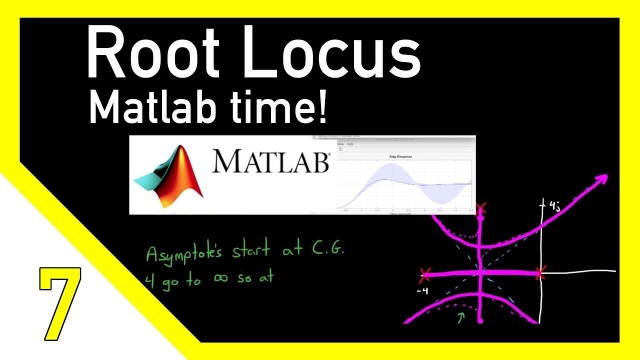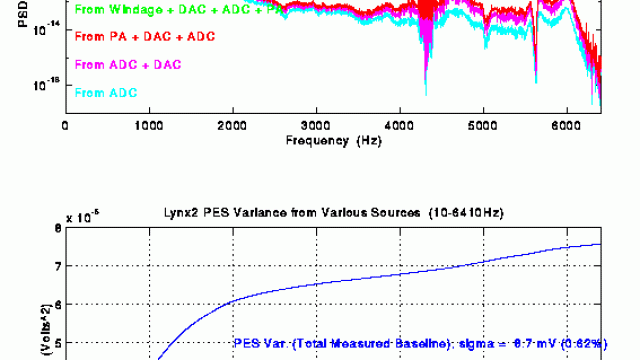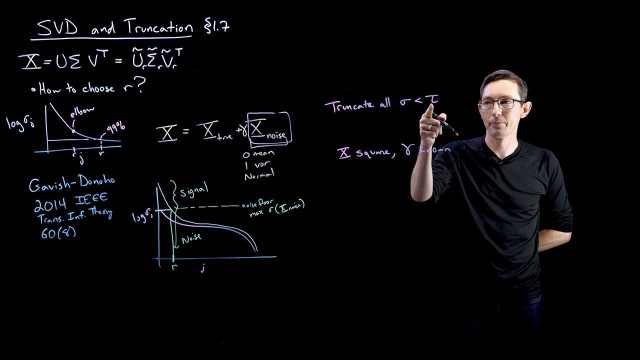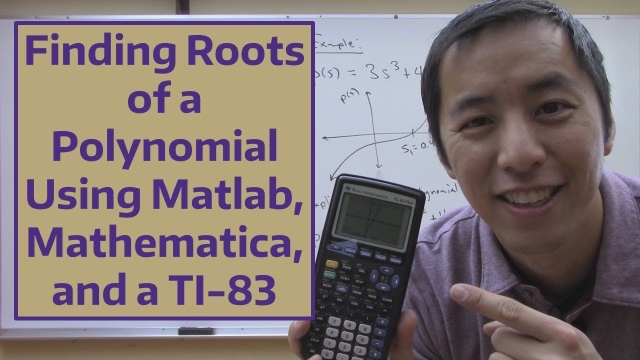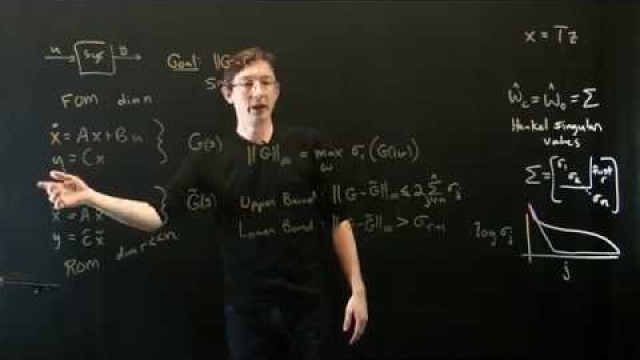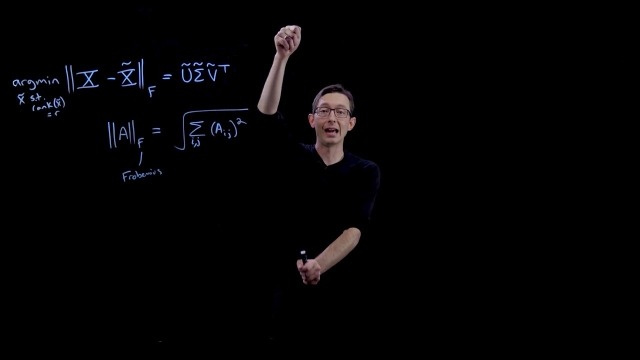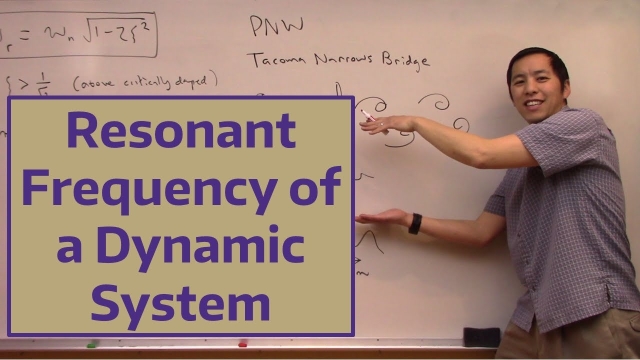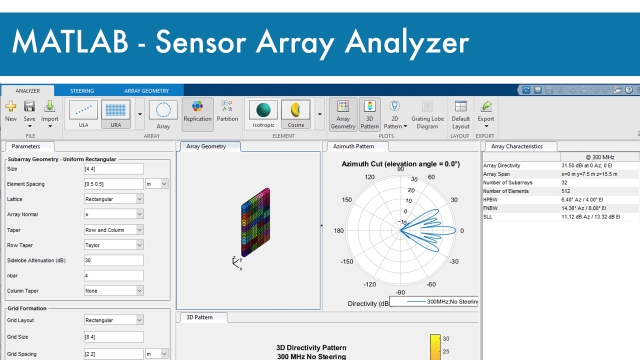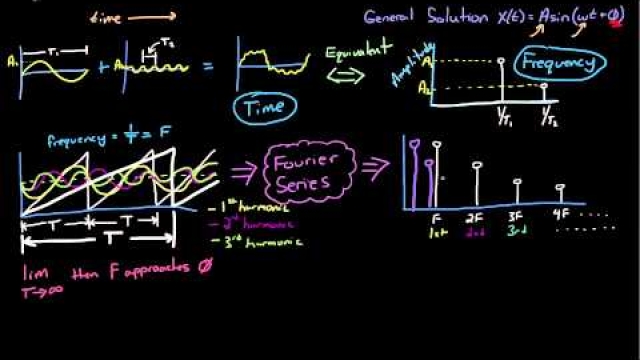
Type
Experience
Scope
MATLAB Online
Use MATLAB and Simulink through your web browser. No downloads or installations. MATLAB® Online™ provides access to MATLAB and Simulink from any standard web browser wherever you have...
See MoreMulti-Agent Reinforcement Learning: Independent vs Cooperative Agents
From the Abstract:
Intelligent human agents exist in a cooperative social environment that facilitates learning. They learn not only by trialand -error, but also through cooperation by...
See MoreStudent's Guide to Bayesian Statistics
This video provides a summary of a textbook Bed Lambert wrote on Bayesian inference and accompanying (freely available) YouTube course.
See MoreAutomotive Adaptive Cruise Control Using FMCW Technology
This MATLAB example shows how to model an automotive adaptive cruise control system using the frequency modulated continuous wave (FMCW) technique. This example performs range and Doppler...
See MoreUnderstanding Sensor Fusion and Tracking, Part 6: What Is Track-Level Fusion...
Gain insights into track-level fusion, the types of tracking situations that require it, and some of the challenges associated with it.
You’ll see two different tracking architectures—track...
See MoreMathworks Model Reference Adaptive Control Overview
This website provides an overview of the mathematics behind Model Reference Adaptive Control (MRAC). MRAC is a model-based, real-time adaptive control algorithm that computes control actions...
See MoreInteractive Tool for Loop Shaping understanding based on PID control
Loop shaping is a design method where it is attempted to choose a controller such that the loop transfer function obtains the desired shape. In this module the loop transfer function is...
See MoreMachine Learning Control: Overview
This lecture provides an overview of how to use machine learning optimization directly to design control laws, without the need for a model of the dynamics.
See MoreSuspending a pendulum in its inverted position using a jig saw (Take 1, norm...
When a pendulum is attached to a jig saw, strange things can happen! :)
See MoreT-RECS System
The Transportable Rotorcraft Electronic Control System (T-RECS) is a collection of components that can be built into a rotorcraft demonstrator. This hardware can be used as a test bed to...
See MoreMultibeam Radar for Adaptive Search and Track
This MATLAB example shows how to use radarDataGenerator for a closed-loop simulation of a multifunction phased array radar (MPAR). The example starts by defining MPAR system parameters and...
See MorePulse Waveform Analyzer App
The Pulse Waveform Analyzer app lets you explore the properties of signals commonly used in radar. You can display 2-D and 3-D plots that let you visualize waveform time series and spectra.
... See MoreMin IAE Tuning
Procedure and Commentary on tuning for minimum Integral of the Absolute Error
See MoreRatio Control and Scaled Signal Calculations
When and how to use Ratio Control and use Scaled Signals
See MorePrincipal Component Analysis (PCA) 1 [Python]
This video describes how the singular value decomposition (SVD) can be used for principal component analysis (PCA) in Python (part 1).
See MoreGain a better understanding of Root Locus Plots using Matlab
In this video I go through various ways to use Matlab to plot and visualize the root locus.
See MoreMATLAB scripts for "Nonlinear System Identification | System Identification,...
This Github repo contains the data files and MATLAB scripts that were used in "Nonlinear System Identification | System Identification, Part 3".
See MoreA Tutorial on PES Pareto Methods for Analysis of Noise Propagation in Feedba...
This is the recorded talk of the paper by the same title.
See MoreSVD and Optimal Truncation
This video describes how to truncate the singular value decomposition (SVD) for matrix approximation.
See MoreFinding Roots of a Polynomial Using Matlab, Mathematica, and a TI-83
In this video we show how to use Matlab and Mathematica to solve for roots of an arbitrary order polynomial. For fun, we also show how an old graphing calcu...
See MoreData-Driven Control: Error Bounds for Balanced Truncation
In this lecture, we derive error bounds for the balanced truncation.
See MoreThe Frobenius Norm for Matrices
This video describes the Frobenius norm for matrices as related to the singular value decomposition (SVD).
See MoreResonant Frequency of a Dynamic System
In this video we discuss the resonant frequency of a dynamic system. We show how the resonant frequency, natural frequency, and damped natural frequency are...
See MoreMATLAB Sensor Array Analyzer App
The Sensor Array Analyzer app enables you to construct and analyze common sensor array configurations. These configurations range from 1-D to 3-D arrays of antennas, sonar transducers, and...
See MoreControl Systems Lectures - Time and Frequency Domain
This lecture introduces the time and frequency domains. A very quick description of the Laplace Transform is given which will be the base of many of classical control lectures in the future...
See More
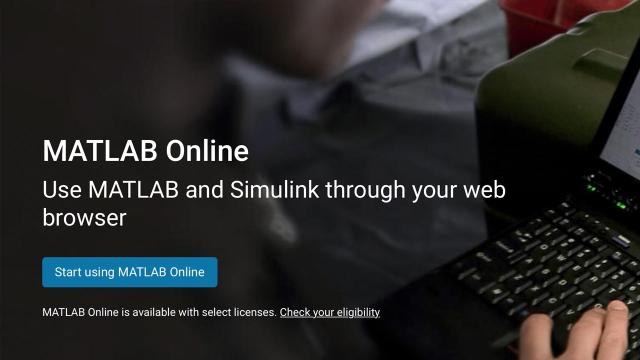
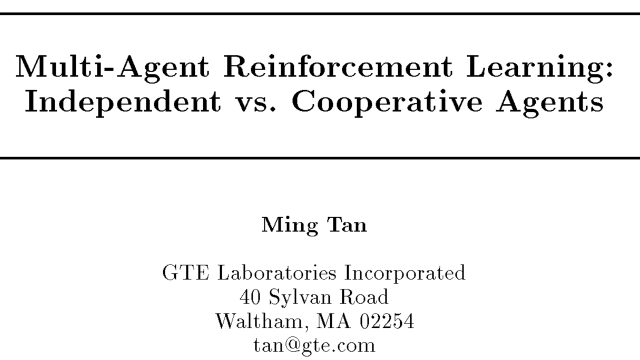

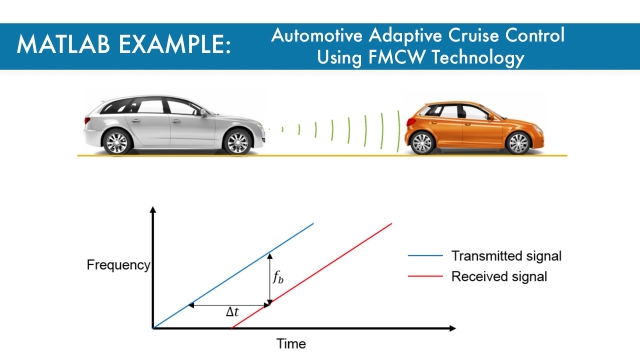
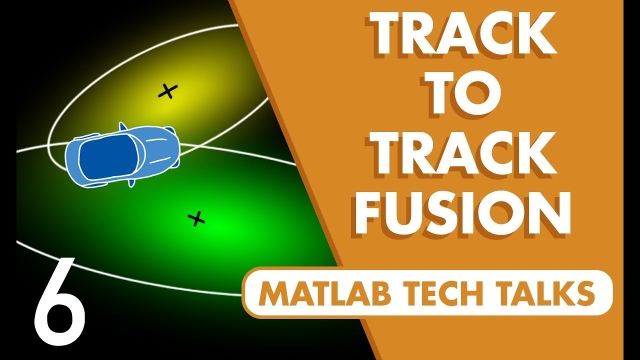
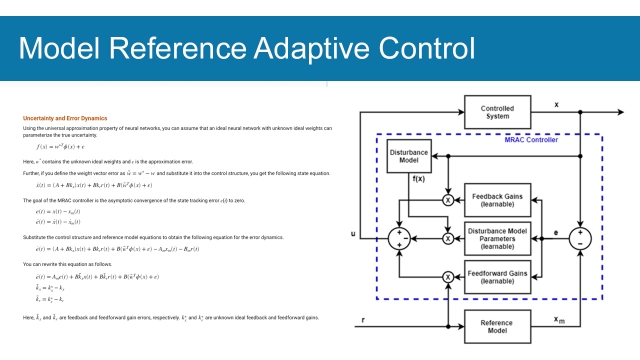
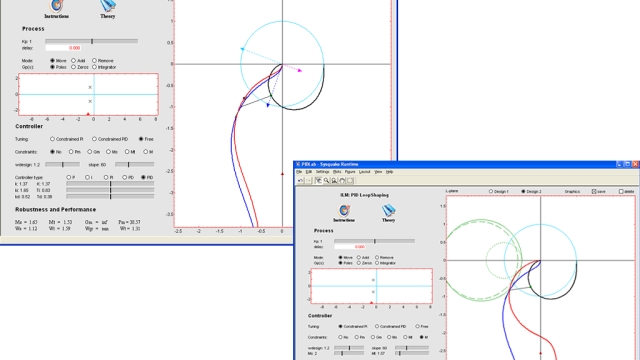
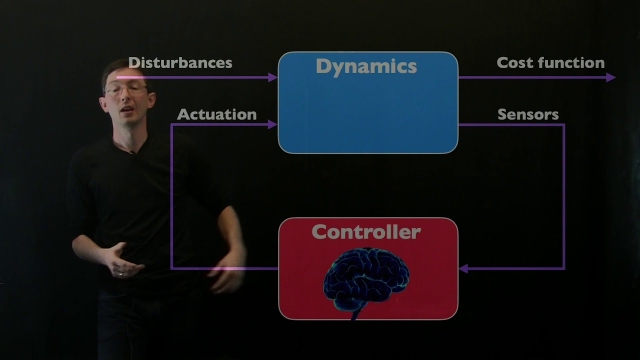
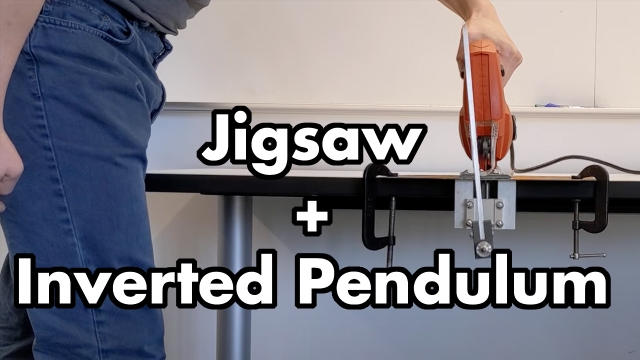
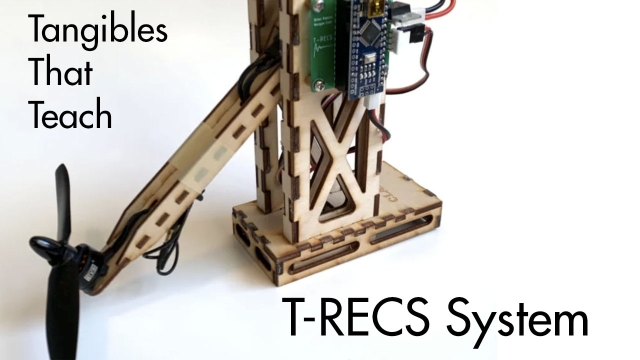
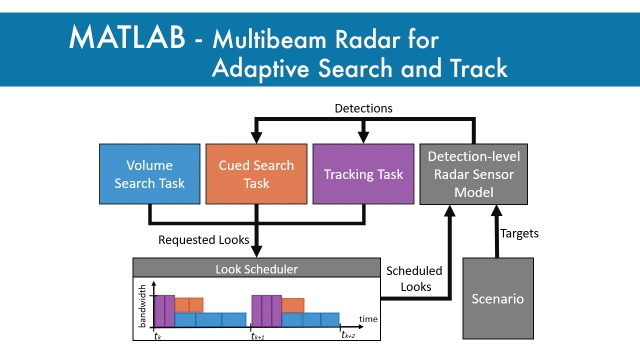

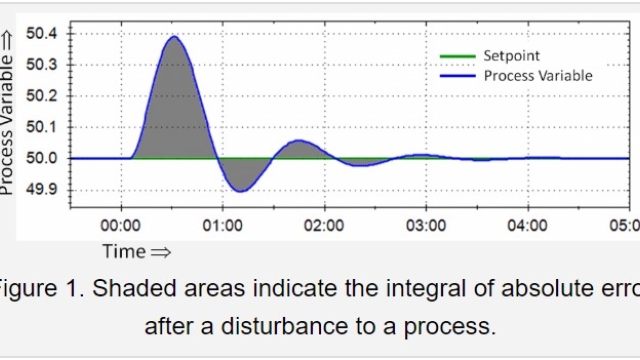
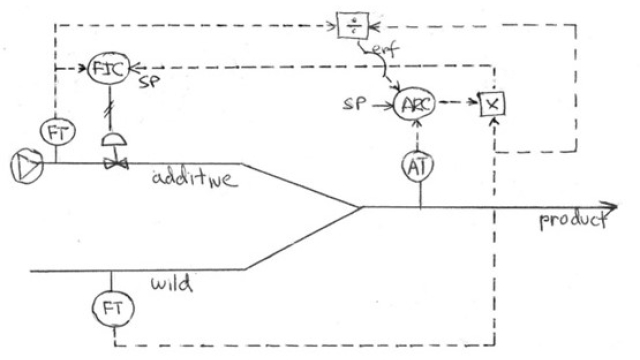
![Principal Component Analysis (PCA) 1 [Python] Principal Component Analysis (PCA) 1 [Python]](/sites/default/files/styles/search_resulkts/public/2020-12/hqdefault_23.jpg?itok=ugDPjF_z)
